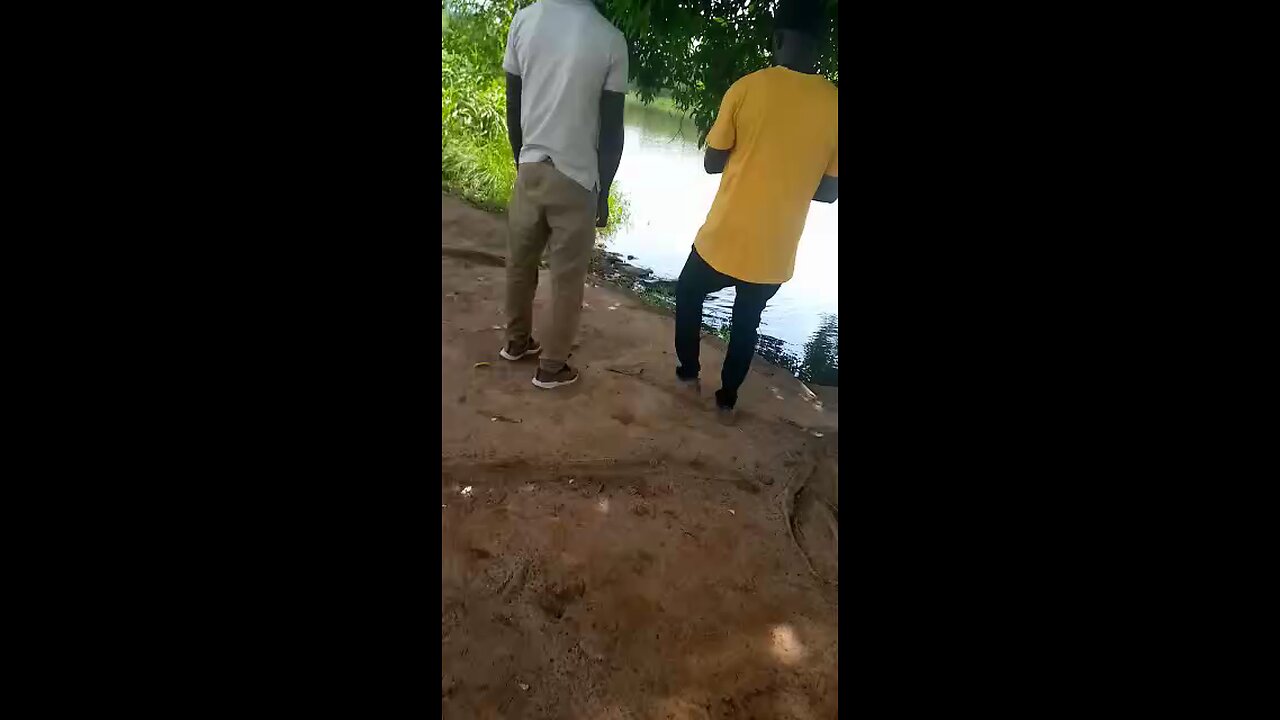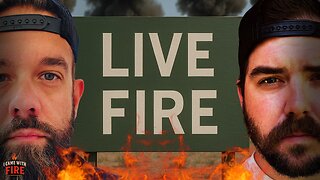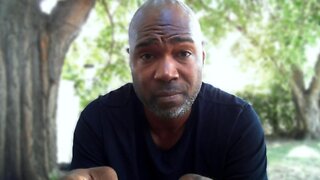Premium Only Content

𝙲𝚛𝚘𝚌𝚘𝚍𝚒𝚕𝚎𝚜 𝙰 𝚕𝚘𝚗𝚐 𝚁𝚒𝚟𝚎𝚛 𝙽𝚒𝚕𝚎
The Nile River in Uganda, like in many parts of Africa, is home to a significant population of Nile crocodiles, one of the largest and most dangerous crocodile species. While they are a vital part of the ecosystem, they pose substantial dangers to the communities living along the riverbanks:
Dangers Posed to Communities:
* Direct Attacks on Humans: This is the most severe and tragic danger. Nile crocodiles are opportunistic ambush predators known to attack humans who come to the river to fetch water, wash clothes, fish, or swim. Hundreds of fatal attacks occur annually across sub-Saharan Africa, with very high mortality rates. Many victims are often young fathers or mothers, leaving families devastated.
* Attacks on Livestock: Crocodiles frequently prey on livestock (cattle, goats, sheep) that come to the river to drink. This leads to significant economic losses for pastoralist and agricultural communities who rely on their animals for livelihoods.
* Restriction of Movement and Livelihoods: The presence of large, aggressive crocodiles can restrict communities' safe access to water bodies. This impacts daily activities like fetching water, fishing, and crossing the river, thereby hindering economic activities and quality of life, especially for remote and economically impoverished areas. Fisherfolk are particularly vulnerable, with their fishing equipment sometimes damaged as well.
* Psychological Fear and Stress: Living in constant proximity to such dangerous predators creates a pervasive sense of fear and anxiety within communities. This psychological burden affects daily life and can impact community well-being.
* Competition for Resources: As human populations grow and expand, they increasingly encroach on crocodile habitats, leading to competition for fish and other aquatic resources. This can drive crocodiles closer to human settlements, increasing the likelihood of conflict.
Coexistence Challenges:
While communities fear and sometimes even hunt crocodiles in retaliation or for their meat/skin, there's also a complex relationship. Conservation efforts often involve raising awareness about crocodile behavior, promoting safe practices around water bodies (like using protected water fetching points or avoiding certain areas), and exploring mitigation strategies to reduce human-crocodile conflict. The challenge lies in balancing human safety and livelihoods with the conservation of this ecologically important apex predator.
-
 2:05:01
2:05:01
TimcastIRL
9 hours agoTrump Just Ended H1B Visas In Major Crackdown, Charging $100k Per Visa | Timcast IRL
285K183 -
 4:02:20
4:02:20
Nerdrotic
15 hours ago $24.49 earnedKimmel MELTDOWN | Hollywood Boycotts Disney | Friday Night Tights 372 with Kaida
125K20 -
 34:08
34:08
Bannons War Room
9 hours agoMEGYN KELLY: Jimmy Kimmel and Sore Cultural Losers, and Charlie Kirk's Spiritual Revival, w/ Bannon
86.6K91 -
 59:27
59:27
NAG Podcast
9 hours agoBrandon Straka: BOLDTALK with Angela Belcamino
79.2K11 -
 59:43
59:43
Sarah Westall
7 hours agoVietnam Shuts down 86 Million Bank Accounts, The Fourth Turning & more w/ Andy Schectman
60.6K14 -
 1:17:51
1:17:51
Flyover Conservatives
15 hours agoMary Flynn O’Neill and Clay Clark: The Church Must Rise or America Falls | FOC Show
57.4K12 -
 3:36:01
3:36:01
I_Came_With_Fire_Podcast
17 hours agoThe Global ANTIFA Connection You've Never Heard Of | The Israel Question
48.3K11 -
 16:38
16:38
RTT: Guns & Gear
1 day ago $6.12 earnedExtar EP9 Review: The Best Budget 9mm PCC?
60.3K6 -
 7:53
7:53
Rethinking the Dollar
17 hours agoMass Firings in Tech: The Real Agenda Behind 166,000 Cuts
63.3K17 -
 1:02:28
1:02:28
BonginoReport
12 hours agoFeds Monitor Threats Ahead of Kirk Memorial - Nightly Scroll w/ Hayley Caronia (Ep.138)
269K156